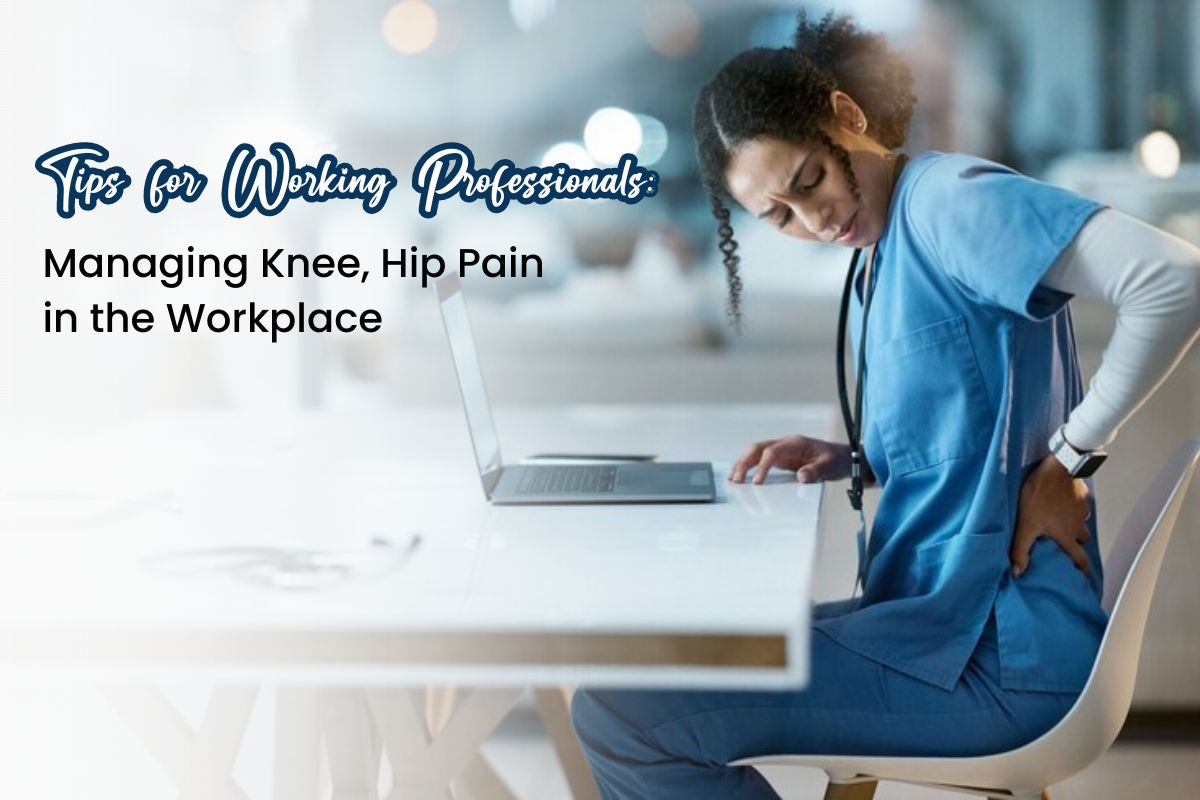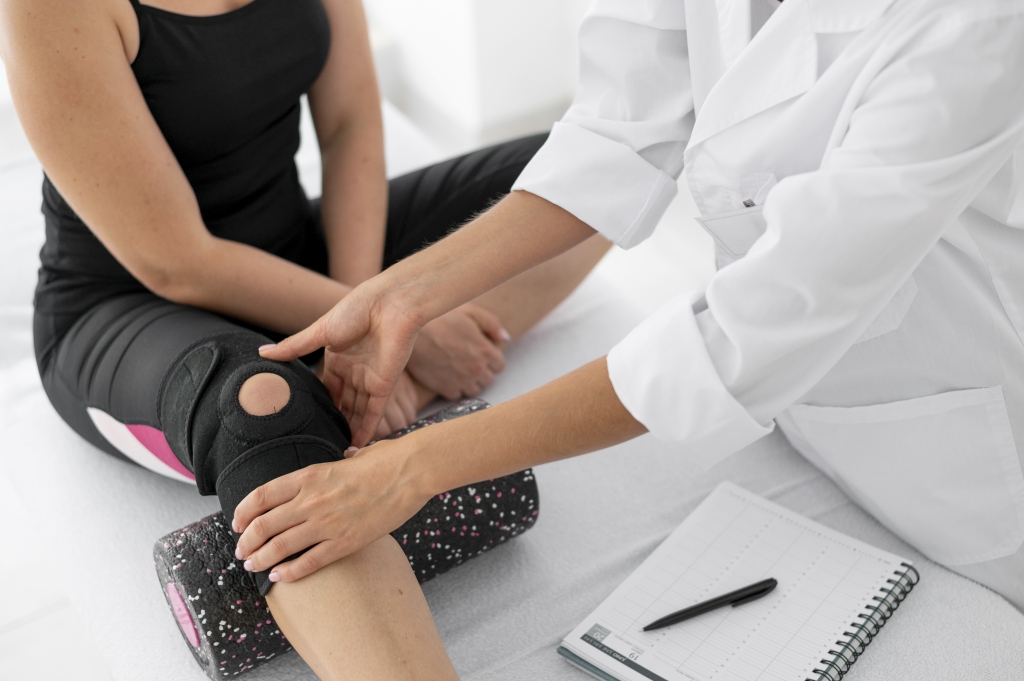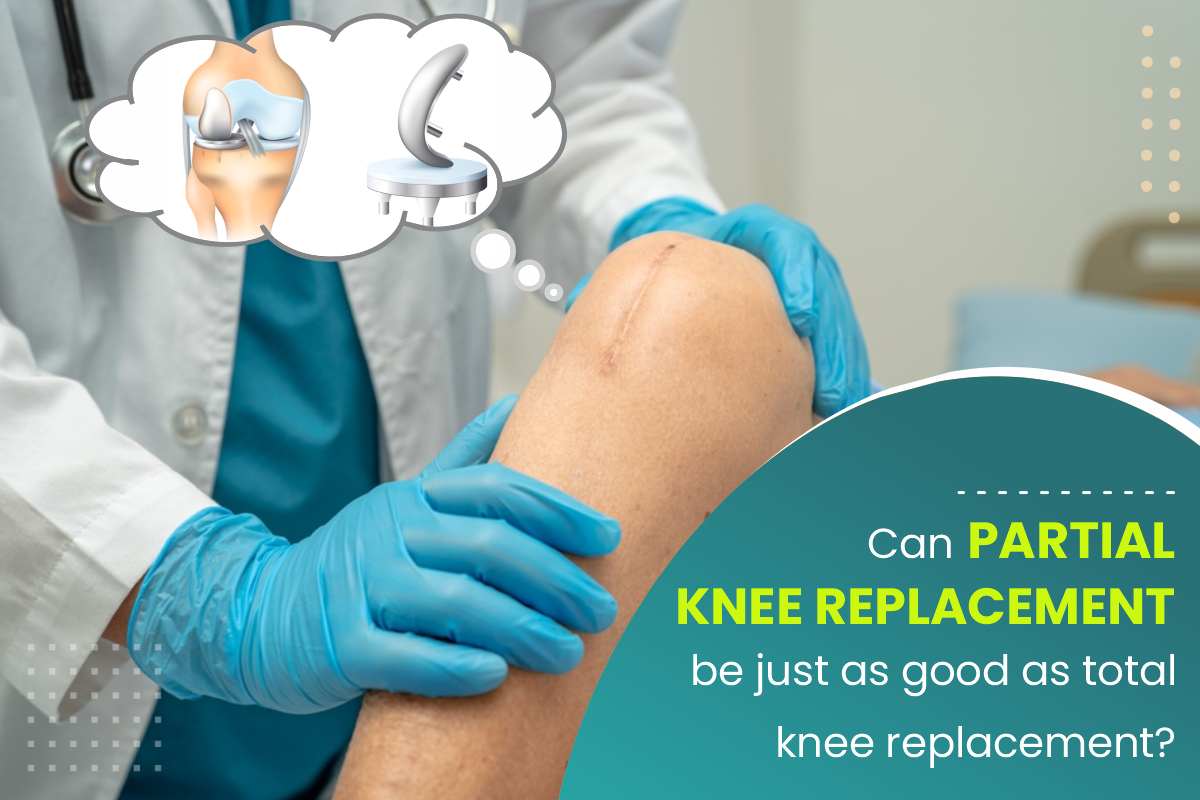Tips for Working Professionals – Managing Knee and Hip Pain in the Workplace

According to the Centers for Disease Control and Prevention (CDC), musculoskeletal disorders, including knee and hip pain together, account for a significant portion of workplace injuries and disabilities. An estimated 34% of all occupational injuries resulting from musculoskeletal disorders. Additionally, a study published in the Journal of Occupational Rehabilitation found that implementing tips for knee and hip pain, reduced the prevalence of knee pain at work /hip pain at work by up to 50%.
In the workplace, managing knee and hip pain is crucial for maintaining productivity and employee well-being. Therefore, listing eight essential strategies for you to address knee and hip pain together for promoting a healthy and productive work environment.
Tips for Tackling Knee and Hip Pain at Work for a Pain-Free Day
1. Proper Comfortable Seating
Imagine your body as a car. Just like a car needs a comfortable seat for a long drive, your body needs a good chair to support it throughout the workday. Sitting in a chair that doesn’t fit you properly is like driving with a broken seat – it can lead to discomfort and pain.
2. Taking Regular Breaks and Stretching the Body
See your body is like a rubber band in general. If you stretch it too far without giving it a break, it can lose its elasticity and snap. This causes muscle strains, or hip and knee pain together. So, taking short breaks and stretching regularly during work helps keep your muscles flexible and prevents them from getting stiff and painful.
3. Stay Hydrated
Just like plants need water to stay healthy and vibrant, your body needs hydration to function properly. Preventing knee pain at work or hip pain at work demands drinking enough water throughout the day is like giving your body ample hydration and avoiding feeling parched or dried out.
4. Use a Lumbar Pillow for Support
The way a fragile tree needs support to stand tall and strong, your spine also needs proper support to maintain good posture and avoid strain. This is typically for people who have long sitting working hours like IT professionals, bankers etc. Using a lumbar support pillow is like giving your spine a gentle hug, keeping it in alignment and preventing discomfort. And thereby preventing hip and knee pain together.
5. Mind Your Feet
Your body needs good foot support to maintain balance and prevent strain on your knees and hips. Helps in preventing hip pain at work, especially while sitting, walking or standing for long hours. While sitting either place one foot higher than the other or keep moving your feet off and on; while while walking very good shoes are needed for ample support.
6. Maintain Regular Exercise
Just like a machine needs regular maintenance to function smoothly, your body needs exercise to stay strong and flexible. Knee Pain at work or Hip Pain at work are often a result of stagnant bodies. Incorporating regular exercise into your routine is like giving your body a tune-up, keeping your muscles and joints in good working order.
7. Adjust Your Computer Monitor to Eye Level
Positioning your monitor at the right height and distance is like finding the perfect lighting for your eyes, helping you work comfortably and with less strain. This less strain also means a straight spine which ensures no hip pain at work by maintaining the right postures.
8. Take Micro-breaks as a Must Do
Among the last Tips for knee and hip pain, this is also extremely important. Strained nerves will strain your body and cause hip and knee pain together. Thus, your brain needs short breaks to recharge and prevent mental fatigue. Taking micro-breaks throughout the day is like hitting the refresh button on your brain, helping you stay focused and productive without burning out your nerves.
Knee Pain at Work/ Hip pain at Work – Indicators for When to See an Orthopaedic Doctor

1. Difficulty in Walking or Balancing
Knee Pain at work or Hip Pain at work if ignored may cause this condition. If it is progressively worsening, it may signal significant musculoskeletal or neurological issues affecting your knee and hip joints. Conditions such as severe osteoarthritis, hip fractures, ligament tears, or neurological disorders can impair your ability to walk properly and maintain balance. Before you hit that stage, you need medical attention from an orthopaedic specialist to assess the underlying cause and initiate appropriate treatment.
2. Persistent Knee and Hip Pain
If you experience continuous discomfort or tenderness in your knee or hip joints that doesn’t improve with rest, ice, or over-the-counter pain medications, it’s essential to seek evaluation from an orthopaedic specialist. Persistent hip and knee pain together could be a sign of conditions such as osteoarthritis, rheumatoid arthritis, bursitis, or other musculoskeletal disorders that require medical attention and management.
3. Knee Pain and Radiating Symptoms
Knee pain accompanied by radiating symptoms such as numbness, tingling, or weakness in the leg may indicate nerve compression or injury. This can occur due to conditions like a herniated disc in the spine or compression of nerves in the hip region. Ignoring these symptoms or using home remedies for preventing knee pain at work, could lead to further nerve damage and exacerbate your condition.
4. Loss of Bladder or Bowel Control
Also known as Urinary or Fecal Incontinence, along with hip and knee pain together, we call this as Cauda Equina Syndrome, which occurs due to significant compression of the spinal nerve roots. This can lead to sudden loss of bladder or bowel function along with lower back, hip, or leg pain. Do not try Tips for knee and hip pain; see a doctor immediately.
5. Tingling or Numbness
As mentioned above, tingling or numbness in the knee or hip region, can indicate nerve involvement or compression. Nerve compression can result from conditions like spinal stenosis, sciatica, or peripheral neuropathy, affecting the functionality of your lower extremities. Please rush to the doctor to prevent further nerve damage.
Summing up…according to recent studies, musculoskeletal conditions, including knee pain at work/ hip pain at work are prevalent among individuals in the workforce, with approximately 25% reporting such discomfort. These issues surely lead to decreased productivity, increased absenteeism, and higher healthcare costs for employees as well as employers, if not treated in time. So treating the pain is as important as preventing knee pain at work!






